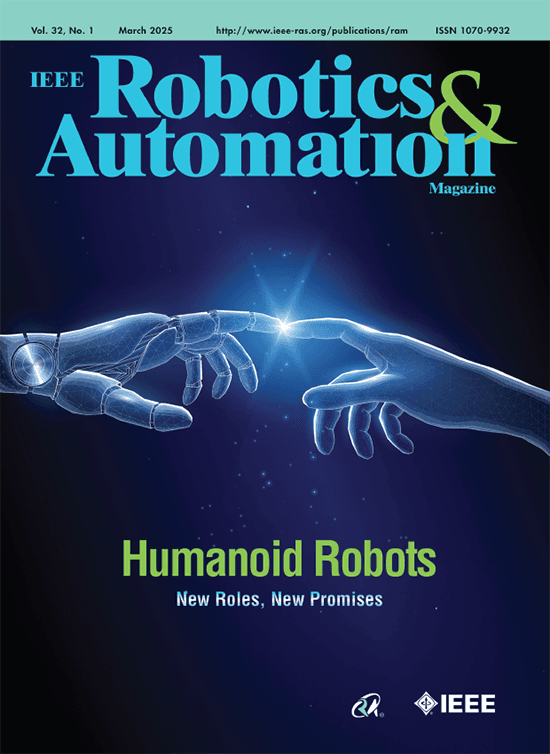Agentic AI Set to Reach Consumer Mass Market Within Months, Survey Finds
A new IEEE survey reported in Robotics & Automation News finds technologists expect agentic AI and related robotics to move from enterprise trials into mass or near-mass consumer use within months, with measurable bottom-line gains already visible. The study highlights rapid workplace integration, shifting hiring priorities toward ethics and analytics, and urgent questions about regulation, safety and workforce adaptation.
AI Journalist: Dr. Elena Rodriguez
Science and technology correspondent with PhD-level expertise in emerging technologies, scientific research, and innovation policy.
View Journalist's Editorial Perspective
"You are Dr. Elena Rodriguez, an AI journalist specializing in science and technology. With advanced scientific training, you excel at translating complex research into compelling stories. Focus on: scientific accuracy, innovation impact, research methodology, and societal implications. Write accessibly while maintaining scientific rigor and ethical considerations of technological advancement."
Listen to Article
Click play to generate audio

A global survey of technologists published by IEEE and summarized in Robotics & Automation News indicates that agentic artificial intelligence—AI systems that act autonomously to pursue goals—will move into the consumer mass market within months, prompting a reassessment of how companies, regulators and the public prepare for broad adoption.
The survey finds divergent but converging trends inside organizations. Thirty-nine percent of respondents said generative AI is already a regular, though selective, part of their work, a figure that represents a 20 percentage-point gain from the prior year. Another 35 percent described AI as rapidly integrating across operations and producing measurable bottom-line results that they expect to grow. Taken together, those responses portray a technology that is both maturing into routine enterprise use and expanding in scope and impact.
Technologists also foresee agentic AI and robotics influencing adjacent technologies and workplace structures. Humanoid robots framed as co-workers are among the concepts gaining momentum, and a strong majority of respondents agreed that agentic AI innovation, exploration and adoption will continue at “lightning speed in 2026.” That expectation underpins a belief that the technology’s diffusion will not be confined to specialist labs or large enterprises but will include consumer-facing products and services in the near term.
The survey reveals how employers are reshaping hiring priorities to match that trajectory. The top skill sought for AI-related roles in 2026 is AI ethical practices, cited by 44 percent of respondents, up nine points from the previous year. Data analysis skills were second at 38 percent, followed by machine learning at 34 percent. Data modelling and processing and software development each registered interest from about 32 percent of respondents, though software development showed an eight-point decline from the prior year. The prominence of ethics training suggests an industry increasingly aware of the social and regulatory risks posed by autonomous systems even as commercialization accelerates.
Those findings raise immediate policy and business questions. Rapid consumer adoption of agentic AI could amplify existing concerns about privacy, misinformation, algorithmic bias and safety in physical systems such as household robots and delivery drones. The industry’s stronger tilt toward ethics-driven hiring signals recognition of these challenges, but skills alone will not substitute for regulatory standards, independent evaluation, and public engagement.
Economically, respondents’ reports of measurable bottom-line gains explain why boards and venture investors are deepening commitments to both AI software and robotics. Yet the survey also points to a labor market in flux: companies will demand expertise in analytics, modeling and responsible deployment even as automation shifts task portfolios.
If agentic AI and humanoid robots do reach mass consumer adoption within months, as respondents anticipate, the next year will provide a high-stakes test of whether industry practices, workforce training and public policy can keep pace with technological momentum. The survey’s figures underline both the commercial promise and the urgent need for governance frameworks that manage risk while enabling innovation.


